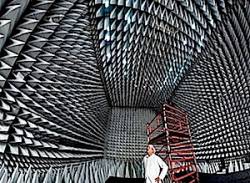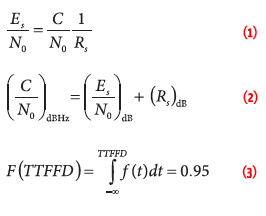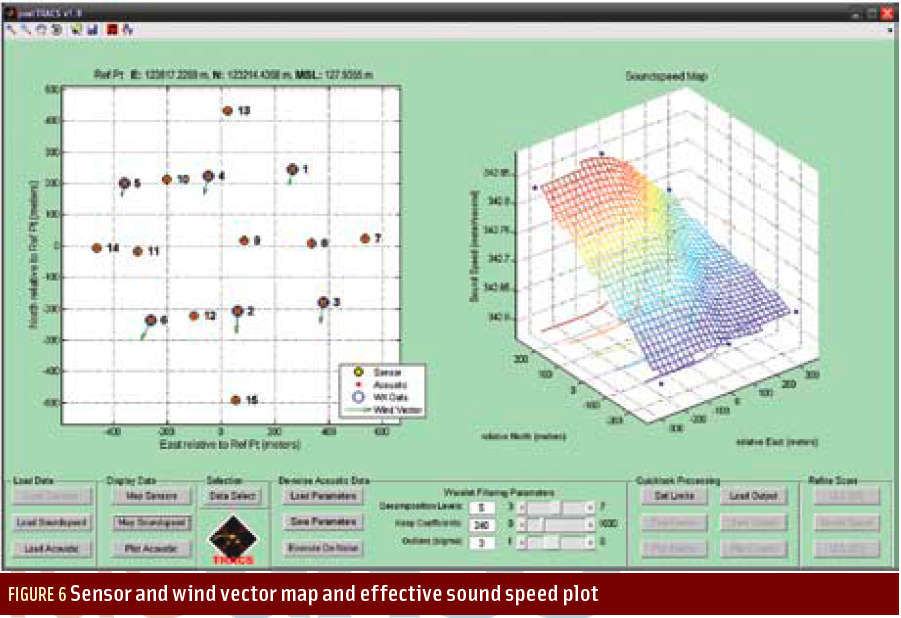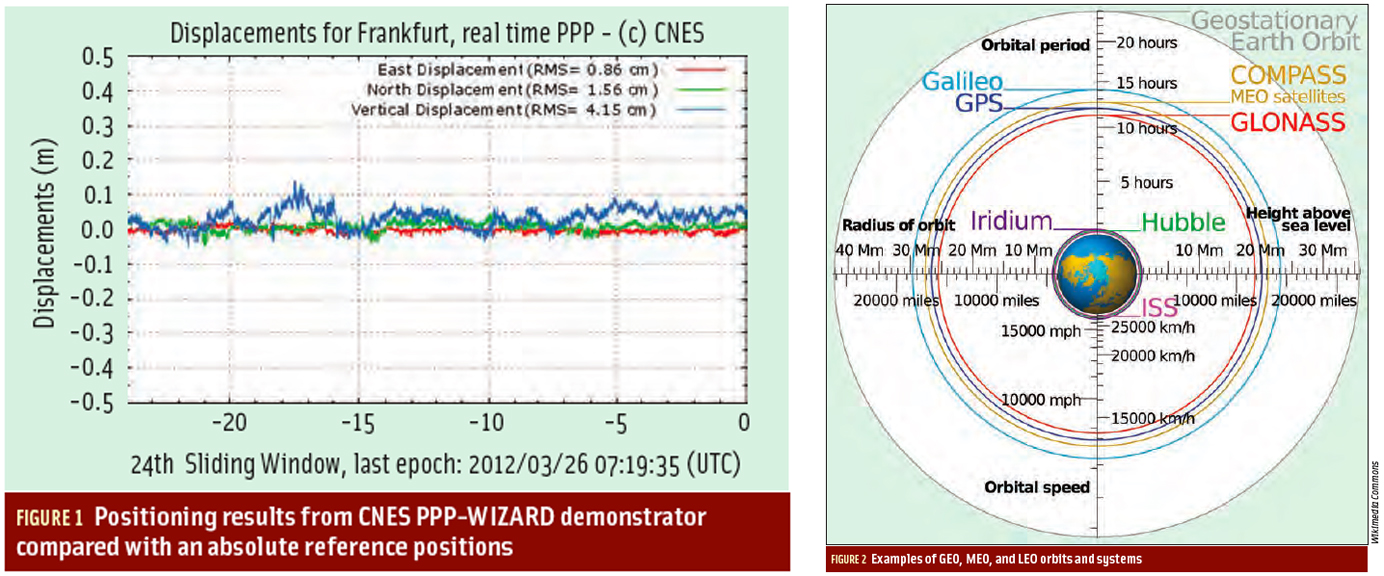Figure 4: The GPS Dot and its Discontents
Return to main article: "The GPS Dot and its Discontents"
By Inside GNSSReturn to main article: "The GPS Dot and its Discontents"
By Inside GNSSReturn to main article: "The GPS Dot and its Discontents"
By Inside GNSSReturn to main article: "The GPS Dot and its Discontents"
By Inside GNSS New GPS III Test Chamber (Lockheed Martin photo)
New GPS III Test Chamber (Lockheed Martin photo)The United States GPS program is without doubt the elder statesman of GNSS, but it has had some close calls recently.
At the 2012 Munich Satellite Navigation Summit in March, a high-level Department of Transportation offical and the head of the Air Force GPS Directorate hailed continuing progress on the Global Positioning System’s third-generation satellite development and next-generation control segment (OCX), while apparently escaping — relatively unscathed — the dual perils of Congressional budget cuts and LightSquared interference.
By Inside GNSS
Working Papers explore the
technical and scientific themes that underpin GNSS programs and
applications. This regular column is coordinated by Prof. Dr.-Ing. Günter Hein, head of Europe’s Galileo Operations and Evolution.
Q: What is Coarse Time Positioning and how does it work?
A: Coarse time positioning is used to provide a position fix using inaccurate time information when tracking sufficiently weak GNSS signals such that the navigation message cannot be extracted reliably. This article presents the key aspects of coarse positioning, including some of its challenges. To start, however, we begin by looking at the role of time within a GNSS receiver.
By Inside GNSS In-home construction of the first civilian-owned civil GPS spoofer.
In-home construction of the first civilian-owned civil GPS spoofer.Over the last few years, several of us in the GNSS community have done our best to convince our colleagues, policymakers, and the general public that unsavory characters with GNSS jammers or spoofers are a genuine threat to GNSS and an orderly society.
"But who would want to use a jammer or spoofer?” people ask.
My response? Hackers, because they can. Thieves planning to snatch expensive cargo. A moonlighting employee in the company car. Worse yet, state actors or terrorists targeting our national infrastructure.
By Inside GNSS
The navigation message has always been considered an inherent and essential feature of a global satellite navigation system. Its primary objective is to provide receivers with information on the errors of satellite clocks and parameters to compute the positions of satellites, as well as other parameters that help generate more accurate measurements.
By Inside GNSSRF interference (RFI) has been and will continue to be a significant worry for GNSS users.
Because the signals from GNSS satellites are very weak by the time that user equipment receives and processes them, they are especially vulnerable to RFI. Signals that overlap GNSS frequencies are likely to come from transmitters much closer than the satellites and, consequently, can easily overpower GNSS signals and render them unusable.
By Inside GNSS Dr. Genene Fisher
Dr. Genene FisherOn any given day — especially cloudy winter days — most people may not give a lot of thought to the Sun.
More than 150 million kilometers (93.2 million miles) away, its remoteness belies the enormous forces at work in this yellow dwarf star with a mass 330,000 times that of Earth. If someone asked us to name its harmful effects, we might come up with sunburn, heat stroke, skin cancer.
But many in the GNSS community know better.
By Inside GNSS Dr. Andrey Soloviev, Qunav
Dr. Andrey Soloviev, QunavGNSS and inertial technologies have a complicated mutual history.
Once competitors for navigation and positioning applications, they now appear ever more frequently in complementary roles — often within the same solution or system design.
By Inside GNSSRussia’s GNSS program plans to launch three more satellites in the first half of 2012 as part of a 20.55 billion ruble (US$655 million) federal target program budget for the coming year, the Roscosmos space agency announced on January 17.
By Inside GNSS|
January 31, 2018 January 17, 2018 |